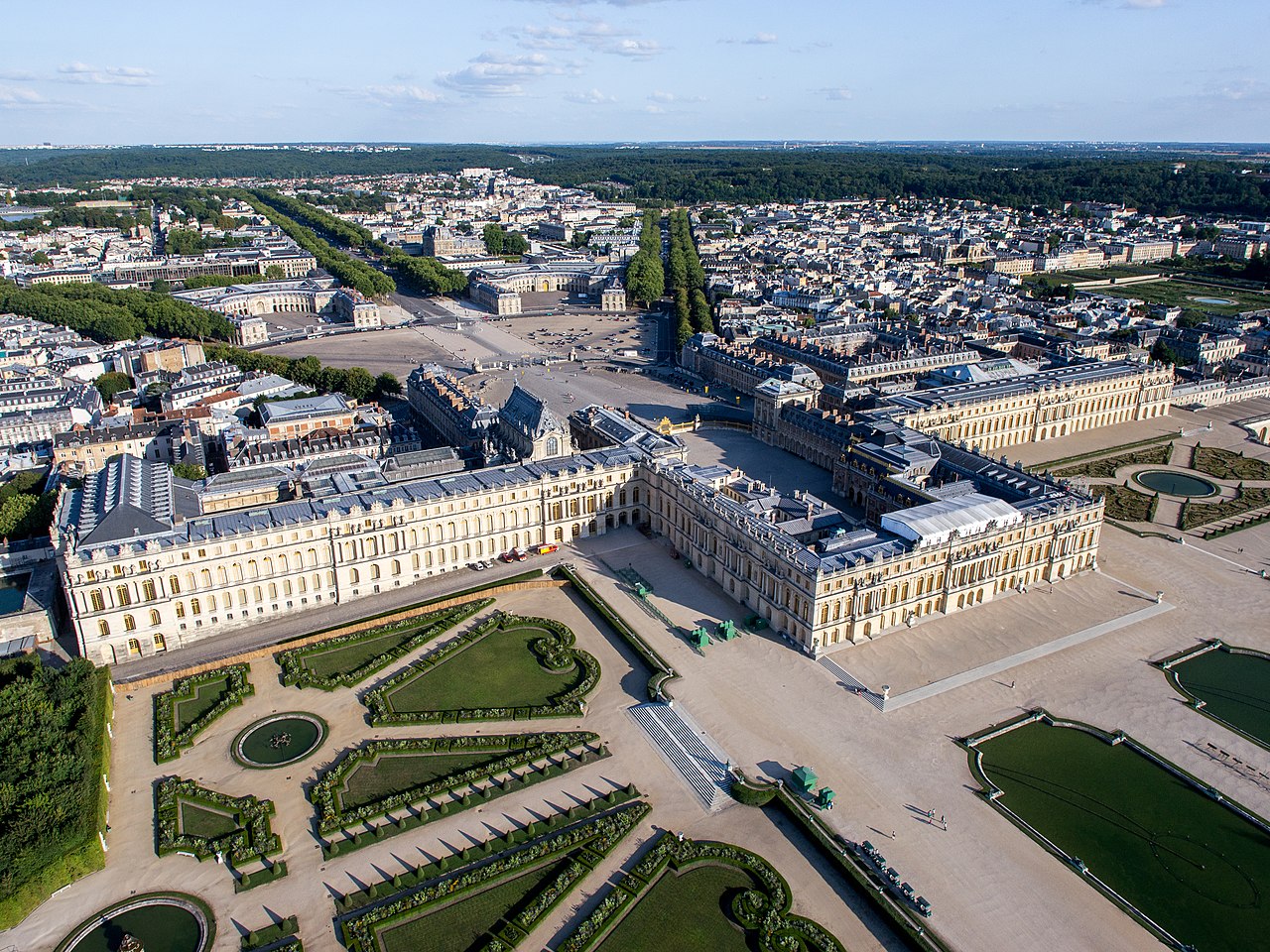Architecture of 17th Century Castles
The architecture of 17th century castles in France is a reflection of the Baroque period, marked by a search for harmony, grandeur and ornamentation. This era saw the construction of some of the country's most iconic castles, whose architecture illustrates royal power, the influence of Italian art and the emergence of a distinctive French style. This article examines the architectural features of this period, the historical contexts that influenced it, and some notable examples of castles built during the 17th century.
Historical Context
The 17th century was a period of profound political and cultural upheaval in France. Absolute monarchy, embodied by kings like Louis XIV, seeks to assert its power through architecture. Castles became symbols of wealth and authority, as France was influenced by the Baroque movement emerging throughout Europe. This architectural style is characterized by dynamic forms, elaborate decorations and a sense of drama, seeking to impress with grandeur and magnificence.
The religious wars and internal struggles at the beginning of the century also encouraged the nobility to invest in the construction of castles to protect themselves and display their status. This period of prosperity, combined with Italian artistic influence, allowed the emergence of architectural masterpieces.
Architectural Features
The 17th century castles are distinguished by several architectural characteristics which reflect baroque and classical trends. Here are some key elements:
1. Simple and Symmetrical Plans:
The castles of this period often adopted rectangular or U-shaped plans, with symmetrical facades. This search for harmony results in balanced proportions, which gives the buildings a majestic appearance.
2. Elegance of Facades:
The facades of castles are often decorated with pilasters, cornices and pediments. Windows are typically large and feature stone frames, allowing light to illuminate the interior. The use of classical architecture, inspired by Greek and Roman temples, is also common.
3. Slate Roofs and High Lanterns:
The roofs are often made of slate and have pronounced slopes, decorated with decorative lanterns and chimneys. This touch of elegance gives the castles a distinctive silhouette.
4. French Gardens:
Alongside the architecture of buildings, gardens become an essential extension of castles. Inspired by landscapers like André Le Nôtre, French gardens are characterized by geometric paths, flower beds, fountains and ponds, creating a harmonious space around castles.
Examples of 17th Century Castles
Several emblematic castles in France perfectly illustrate the architecture of this era. Among them:
Château de Vaux-le-Vicomte:
Built between 1658 and 1661 for Nicolas Fouquet, superintendent of finances to Louis XIV, this castle is a major example of French Baroque architecture. Designed by the architect Louis Le Vau, it is famous for its gardens designed by André Le Nôtre and its luxurious interiors, symbolizing the wealth and power of its owner.
Château de Chambord:
Although it was initiated under François I, Chambord was completed in the 17th century. Its architecture blends elements of the Renaissance and Baroque, with its elaborate roofs, ornate chimneys and majestic windows. Chambord remains one of the largest castles in the Loire and a symbol of royal power.
Château de Saint-Germain-en-Laye:
The Château de Saint-Germain-en-Laye, built and modified in the 17th century, reflects classical French architecture. With its sober but elegant facade and its park, it testifies to the royal taste for simplicity and grandeur. This castle was also the residence of many French kings, including Louis XIV.
Château de Maisons-Laffitte:
This castle, built by the architect François Mansart between 1630 and 1650, is a striking example of classical architecture. Its harmonious facade and landscaped gardens illustrate the principles of architecture of this period, marked by a concern for balance and proportions.
Influence and Legacy
The architecture of 17th century castles had a lasting influence on the French architectural landscape. The design principles of this era continue to inspire modern architecture, and many of these castles are historic monuments today, attracting millions of visitors each year.
These castles are not only testimonies of architectural history, but also works of art that tell fascinating stories of French history. They reflect the aspirations of a changing society and embody the luxury and elegance of a bygone era.
The architecture of 17th century castles is a fundamental element of French architectural history. Characterized by the search for symmetry, harmony and elegance, this period is marked by constructions that continue to impress with their beauty and grandeur. The castles of this century remain symbols of wealth and power, but also places of memory and history, contributing to the cultural identity of France.
Follow “ ProprietesDeCharme.com ” on YouTube but also on Facebook Twitter LinkedIn Instagram Pinterest


